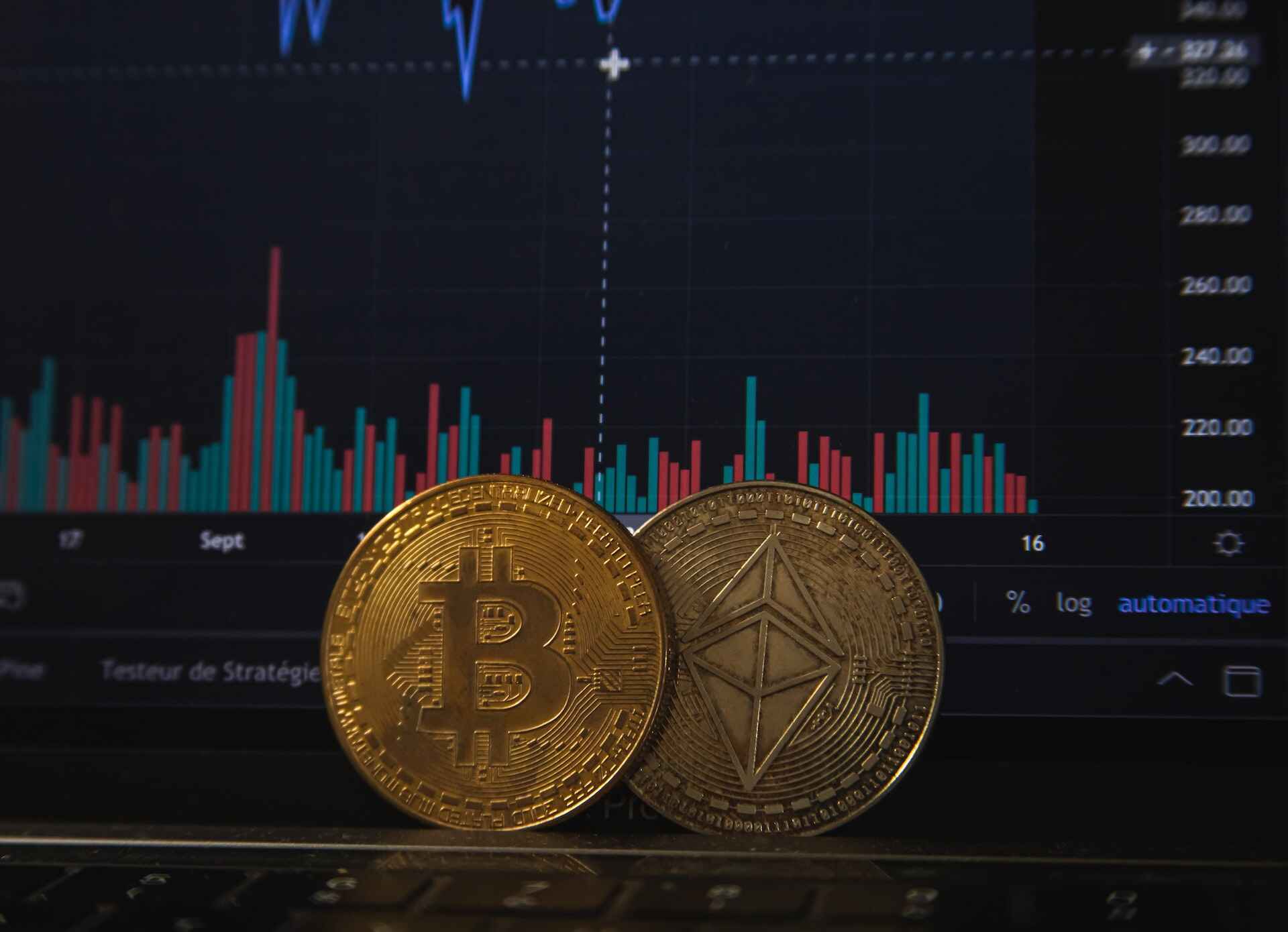
Fintech Trends 2023
In recent years, virtual banks and cryptocurrencies have become popular, and the pandemic has increased this digital finance. Financial and payment companies are increasingly innovative when it comes to offering disruptive services that facilitate and improve citizens’ transactions.
In this sense, the next twelve months may see the maturity of very attractive trends that are already being talked about. We present some of these Fintech 2023 trends ready to change the way we see payments.
Alternative Financing Platforms
Forbes notes that, in the wake of the pandemic, the global funding gap has widened, leading to the growth of alternative forms of financing.
For example, when it comes to paying bills. Small businesses can be considered at higher risk for credit. Technology, through Big Data and Artificial Intelligence, would help determine that risk.
An example of such platforms is Hélix 2, which is fed with data such as scientific articles on SME default and legislation on the subject to alert about the risk of insolvency. With this information, companies can assess their ability to pay in real-time. In addition, Helix 2 has a cloud-based system for finding financing and managing invoices.
Integrated Finance
Integrated finance is the merging of financial services in other non-traditional areas. For example, taking out insurance when making an online purchase of tickets to an event or for a trip, or splitting the payment for a product into several installments as has traditionally been done in other businesses. According to Juniper Research, the value of the integrated finance market will grow from $43 billion in 2021 to $138 billion in 2026. Among the reasons for this growth is the increased availability of APIs for integrations.

BNPL: Buy Now Pay Later
Related to this, we hear a lot about the Buy Now Pay Later (BNPL) trend, whereby payments are split into installments.
The Fintech sector should create technological solutions that check the financial stability of users before granting them a loan or allowing them to split payments. Also, these solutions should make the conditions very clear and not use misleading advertising to attract customers.
Blockchain
2022 will be remembered as the year of a big drop in the value of cryptocurrencies, but Blockchain technology may be the talk of the town next year. Forbes highlights that international transfers are slow and costly and that the Blockchain can solve these timelines with greater speed and security and at a lower cost.
According to a Stellar Development Foundation and Wirex survey of 10,000 consumers in Mexico, Singapore, the UK, and the US, 53% of respondents thought they paid too many fees on international remittances through classic methods. At the same time, 52% saw cryptocurrencies “as a valid alternative to sending money abroad using traditional means.” In fact, 45% had already used it.

Cryptocurrencies
Speaking of Blockchain, the use of cryptocurrencies may advance in 2023, as long as there are no more drops in their value or image as there have been in 2022.
Already at the end of 2021, Mastercard announced the launch of credit and debit cards to convert bitcoins into traditional currencies. In October, Google teamed up with cryptocurrency platform Coinbase to accept crypto payments from cloud services.
Popularization of Neobanks
Cryptocurrencies, card payments, and web transfers show that digital banks or neobanks can continue to grow: there is no need to go to a physical branch to make transactions.
Data, Sensors, and Representation
2023 will continue to be an important year for Big Data. Companies in the industry will continue to rely on data from thousands of transactions to explore new business possibilities and change the direction of the company. In order to collect more data, it is possible, for example, to deploy sensors in places such as ATMs and find out at what time they are most used or how long users spend in front of them. In addition, mixed reality (Augmented Reality and Virtual Reality) can help in the representation of these data and display them in real-time thanks to glasses or a hologram. It can also be used to visualize other types of data, such as the evolution of stock markets.




